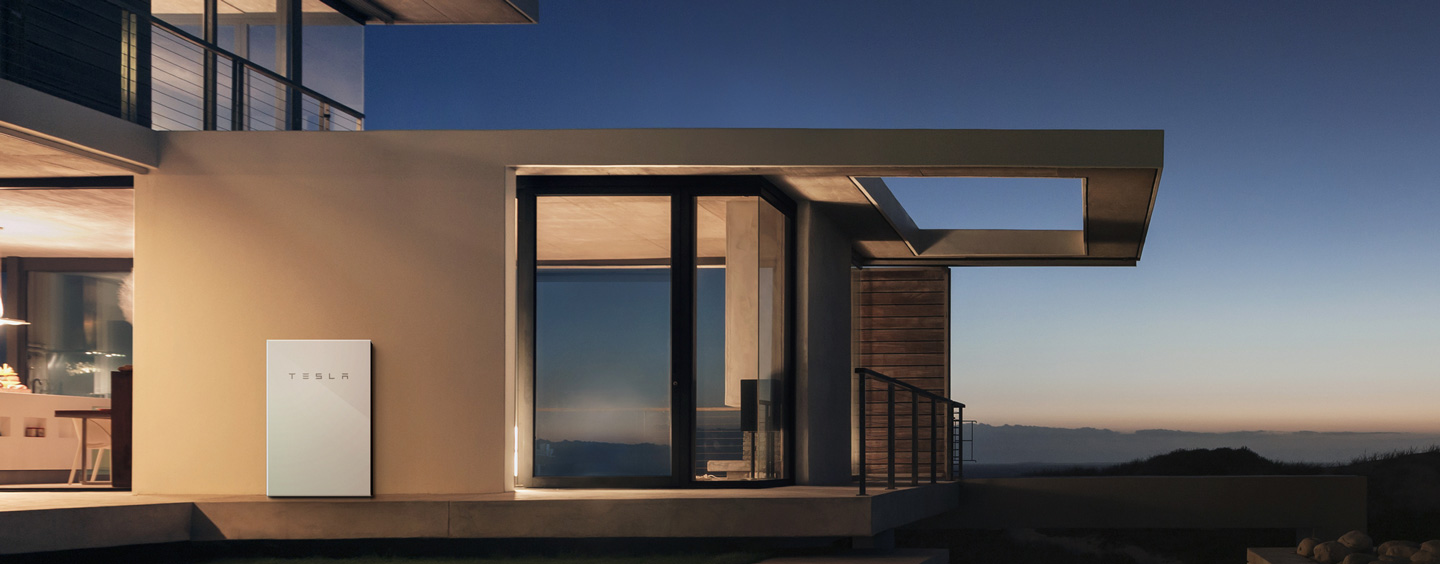If you’ve been researching ways to make your home more energy efficient, you may have come across the term solar battery storage. A battery is now a must-have if you want to maximise the amount of savings you make on your electricity bills from your solar panels. But what is solar battery storage and how does it work?
To ensure you’re up to speed on all the latest information, we’ve put together this short guide. It explains what domestic battery storage is, how it works and the benefits it could bring to you.
What is domestic solar battery storage?
Solar battery storage is a huge step towards energy independence. It gives you the ability to store up electricity to use in your home when you really need it.
For example, you could store electricity generated via your solar panels during the day to use at night. If you haven’t got a battery, the electricity you don’t use during the day would be wasted – although you could sell it back to the grid via the Smart Export Guarantee (SEG). With a battery, the electricity you don’t use will be stored in the battery, ready to use in the evening when your solar panels aren’t generating.
Solar battery storage can allow you to reduce your energy bills by over 30% in addition to any savings you’re making by generating your own electricity using solar panels. That’s a saving not to be sniffed at!
How do solar batteries work?
Solar panels are only able to produce electricity when sunlight is present. This, therefore, creates an obvious issue when it’s dark and you still need energy for your home.
In this case, you would typically need to purchase electricity from the energy providers. However, when you use a battery storage system, you can avoid this problem.
When your solar panels generate electricity that you don’t need to use straight away, a battery will convert this DC electricity into AC power and store it, ready for use later. Essentially, your solar panels charge the battery when you don’t need to use the energy they’re producing.
When it gets dark and your solar panels aren’t generating any electricity, your system will draw the energy you stored earlier from the battery for you to use. That means that there will be times when your home is completely independent, not relying on the National Grid at all – and therefore not paying a penny. Here’s a quick and simple explanation of how SolaX’s X-Hybrid battery storage system works, which Forever Green Energy can install for you:
In the summer, you might find that your battery gets fully charged. In that case, you can send any excess electricity your solar panel system is generating back to the grid, and get paid for it via the SEG. When your battery is depleted, you’ll use electricity from the grid.
As long as you’ve got solar panels and a battery storage system that are working in perfect harmony, this cycle will continue for many years without you having to pay any attention to it.
The benefits of solar battery storage
People are choosing to have a solar battery alongside their solar panels all the time – and those who didn’t get one installed with their panels are having them retrofitted. It’s for good reason; there are plenty of benefits to having solar battery storage in your home:
1. Use more of the electricity you already generate
You’ll maximise the benefits of your solar panels by using 100% of the electricity they generate instead of sending it back to the grid. The energy you don’t use during the day will be stored in the battery, ready for use during non-production hours. As long as your electricity demand doesn’t exceed the supply that the battery has, you can run on renewable energy around the clock.
2. Reduce your electricity bills
You’ll lower your energy costs significantly by having a solar battery. If you’re at work during the day, you’ll be using most of your electricity in the evenings when you get home. But your solar panels won’t be generating any electricity at this time, so if you don’t have a battery you’ll rely on the grid to provide you with your energy.
With battery storage, you’ll charge your battery during off-peak hours and discharge it during peak hours, meaning you’ll avoid paying for lots of electricity from your energy company.
Plus, time-of-use tariffs for electricity are on their way. That means that you can store up electricity while it’s cheap, usually overnight, so you can use it during peak times. Keep an eye on energy suppliers as they start to offer these tariffs – currently, Octopus Energy is the only one offering it.
3. Make extra money from your energy company
 If your energy company permits net metering, you can earn money by selling the energy stored in your solar battery back to the grid when electricity prices are high. If you’re not going to need the electricity yourself, this is a great way to make a bit of cash.
If your energy company permits net metering, you can earn money by selling the energy stored in your solar battery back to the grid when electricity prices are high. If you’re not going to need the electricity yourself, this is a great way to make a bit of cash.
You could also make some extra money from allowing certain firms to use your battery to store any excess grid electricity.
These are two lucrative options, but make sure you weigh up whether it’s better for you to store and use your own electricity before selling it to any energy companies.
4. Be independent from the grid and reduce your carbon footprint
End your reliance on the National Grid and become 100% energy independent with a battery storage system. With solar panels and battery, you can reduce your carbon footprint by 1.6 tonnes of carbon dioxide – but maybe much more.
When should I install a solar battery system?
It seems like an obvious choice to use battery storage if you’ve already got solar panels. Luckily, if you’ve already got solar panels, it’s pretty easy to add a battery to your installation.
However, it’s ideal to get a solar battery fitted at the same time as your solar panels, because you’ll get the best price – at Forever Green Energy, we’ll give you a competitive quote for installing solar panels and a battery at the same time.
Which solar battery storage system should I choose?
With more and more companies producing solar batteries, you have a reasonably wide choice and flexibility over prices and the system you choose.
We’ve got two top picks for solar batteries – the Tesla Powerwall and the SolaX Triple Power. There are other options available, but we think these are two solid choices. Here’s a quick overview of how they compare:
| Type of Solar Battery | Size (cm) | Weight (kg) | Capacity (kWh) | Warranty (years) | Key Features |
|---|---|---|---|---|---|
| SolaX Triple Power | 33 x 45 x 11 | 26 or 44 | 5.8, but scalable up to 23.2 | 10 | Monitor your system through your phone and decide which appliances to power |
| Tesla Powerwall | 74 x 111 x 14 | 125 | 13.5 | 10 | Monitor your system using the Tesla App |
If you’d like to get a price for a new solar battery or a full solar panel installation with a storage system, we can help. Fill in your details below and we’ll be in touch within 24 hours – but usually much sooner.
